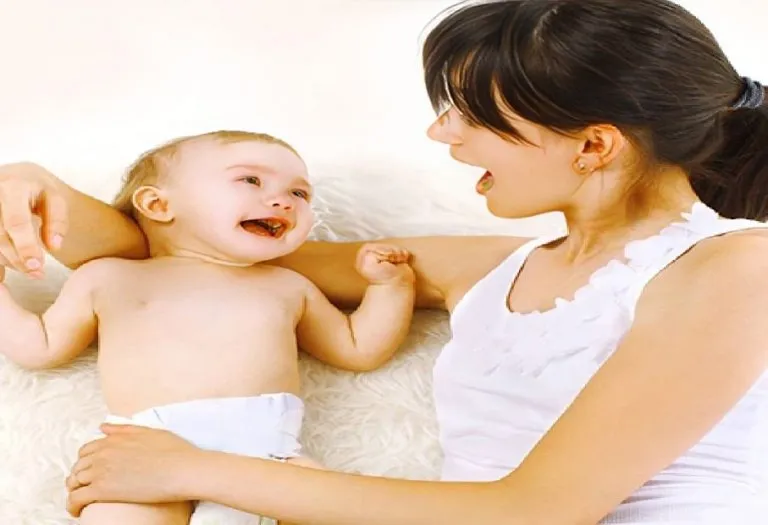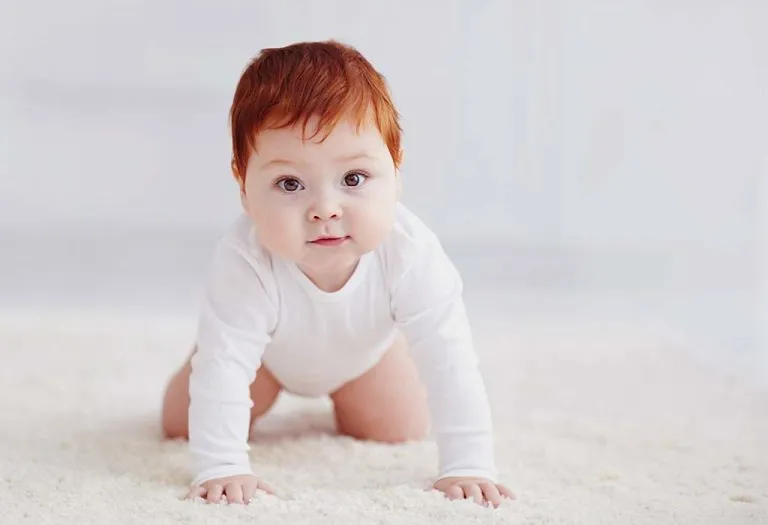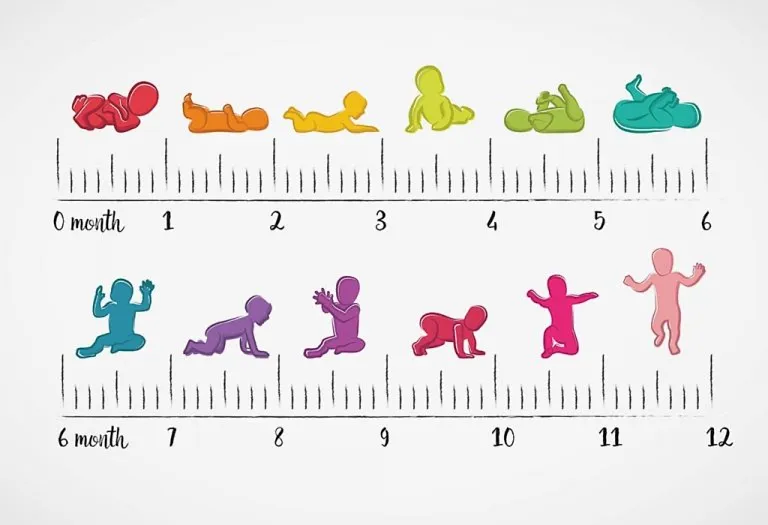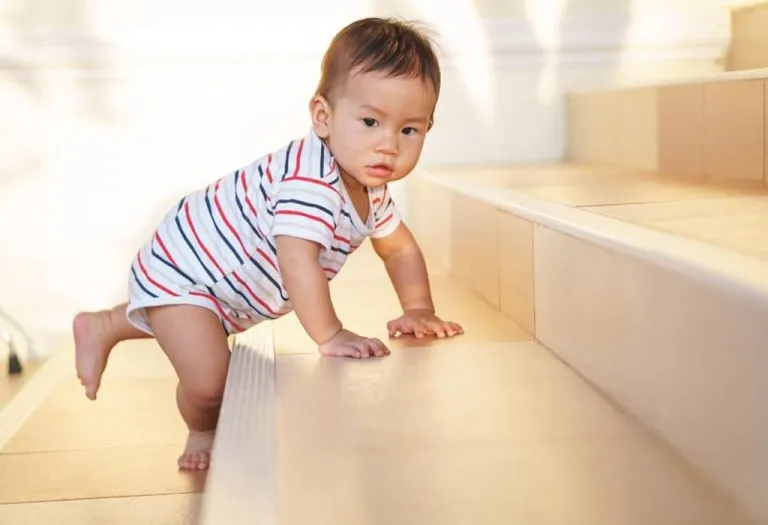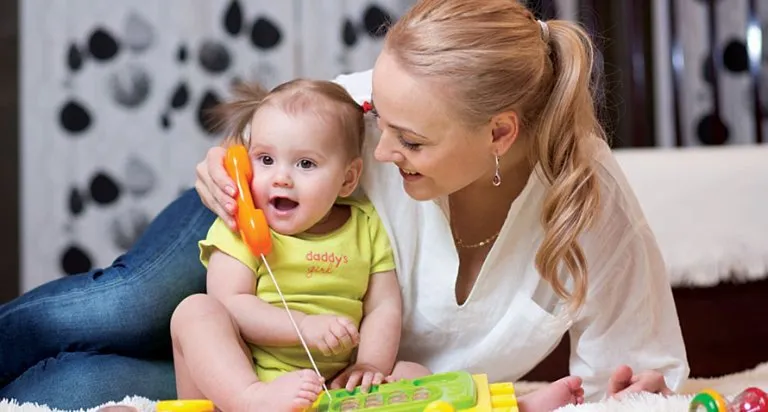Baby Cooing : When Do Babies Start Cooing
Does your two-month-old makes adorable noises like “ooh” or “aah”? Although it may seem too early, your two-month-old baby’s communication skill is now developing. Her first means of communication will be in the form of adorable coos and gurgles. She will unknowingly start practising lip and tongue movement, making an attempt to communicate with you.
Your two-month-old baby has now started responding to her new world. She will focus on your voice and will respond to it. Your different tones of voice will interest and fascinate her more now. She will be attracted to the different sounds you make. Let’s learn all about baby cooing.
What Is Cooing in Babies?
Here’s the baby cooing meaning. Cooing in infants refers to the soft, repetitive sounds that infants make, typically between 6 to 8 weeks of age. It is an early form of vocalization and an important milestone in a baby’s language development. Baby cooing sounds are usually made in response to interactions with caregivers, such as when they smile, talk, or make eye contact (1). These sounds often include vowel-like noises such as “oo,” “ah,” and “ee,” and may be accompanied by cooing or gurgling noises. This behavior helps babies practice their vocal cords and learn how to communicate before they begin speaking words.
When Do Newborns Start Cooing?
The first attempt to communicate will begin at the second month, and you will notice your baby making noises like “aah”. As the weeks go by, she will continue to make more vowel sounds and gurgling noises. She will also attempt to imitate the baby coos you make (2).
Benefits of Cooing
Your baby’s attempt to coo will stimulate your baby’s brain, build fine and gross motor skills, strengthen neuron development and increase social-emotional development. The relationship and bonding between baby and parent enhances when your baby begins to start cooing. Here are the excellent benefits of cooing (3):
- It is an indicator that your baby’s communication skill is developing. It helps your baby to graduate to more complex sounds
- Your baby begins to start exercising her lips, palate and tongue
- This is also an avenue for back-and-forth conversation to develop between you and your baby
- You will be able to understand your baby’s reaction to stress, hunger and happiness. Cooing is now his means of expression
- Cooing also helps in your baby’s overall language and vocabulary development
Ways to Encourage Cooing in a Baby
Babies love to hear your voice. They learn to communicate by imitating the sounds you make. It is a treat to watch your baby as he begins to communicate with you or respond to your voice.
When your baby begins to communicate, it is ideal to engage in a conversation with your baby. The more you talk to your baby the sooner he will develop his language and speech skills (4).
- When your baby starts cooing or gurgling, smile back or wink at her. Do this to encourage her cooing.
- Imitate your baby’s coos like “ba-ba”, “pa-pa”, etc. This will encourage her speech development.
- Respond with excitement. This will ensure that you are paying attention to her.
- Use exaggerated vowels just like your baby does.
- Always speak in a happy voice.
- Use clear facial expressions like raised eyebrows or winking eyes.
- Describe your words clearly and use easy words that will help her imitate you.
- Emphasize on important words.
- Maintain eye contact with your baby while cooing to build a stronger connection and encourage her to engage in the interaction.
- Sing to your baby to elicit a response, as babies are drawn to melodies, which aids in language development and encourages cooing.
What to Do If Your Baby Is Not Cooing?
If your baby is not cooing, here are a few things you can do:
- Give It Time: Babies develop at their own pace, and some may take a little longer to start cooing. It’s important to give them time and not compare them to others.
- Engage with Your Baby: Interact with your baby regularly. Smile, make eye contact, and talk to them in a warm, encouraging tone. Your baby might need more interaction to stimulate cooing.
- Create a Calm Environment: Ensure that the environment is calm and not overstimulating. Too much noise or distraction can make it harder for your baby to focus on cooing.
- Observe for Other Signs of Development: Look for other milestones like eye tracking, smiling, or making other noises. If your baby is showing these signs, they might be developing in other ways that could lead to cooing later on.
- Consult a Pediatrician: If you’re concerned about your baby’s lack of cooing or speech development, it’s always best to speak to your pediatrician. They can evaluate your baby’s development and offer guidance or recommend further evaluation if needed.
Which Milestone Comes After Cooing?
When your baby begins cooing, they are starting to gain muscle control necessary for speech. This is also when they begin to mimic your facial expressions—smiling back at you when you smile at them. Between six and nine months, they start producing new sounds beyond cooing, including “bubble” sounds made by pressing their tongue to their lips and blowing air. They also start to recognize the changes in your tone of voice, such as when you’re calling their name (5). During this time, they may begin to connect specific sounds with actions, like waving when someone says “bye” or shaking their hands when they hear their favorite song.
FAQs
1. Can baby cooing be influenced by the language spoken around them?
Yes, babies may begin to coo differently based on the language they hear most often. Babies exposed to multiple languages might show early signs of distinguishing between different speech patterns, which can affect their cooing sounds.
2. Does cooing change based on temperament or personality?
Yes, a baby’s temperament can influence how much and how often they coo. For example, babies with more extroverted or social personalities might coo more frequently, while quieter, more reserved babies may coo less but still show other signs of vocalization.
3. Do babies coo more around certain objects or toys?
Babies may coo more when interacting with objects or toys that they find particularly engaging, such as ones with bright colors, textures, or sounds. These toys can capture their attention and encourage them to make more vocalizations as they practice their sound-making abilities.
It is important to start noting and observing this milestone right from two months of age to detect if your baby is growing normally or has a speech problem. If your baby doesn’t coo yet, it could mean he is simply taking more time Enjoy this two-way engaging conversation with your baby!
References/Resources:
1. Hearing & Making Sounds: Your Baby’s Milestones; American Academy of Pediatrics; https://www.healthychildren.org/English/ages-stages/baby/Pages/Hearing-and-Making-Sounds.aspx
2. Athari. P, Dey. R, Rvachew. S; Vocal imitation between mothers and infants (Infant Behavior and Development); Science Direct; https://www.sciencedirect.com/science/article/abs/pii/S0163638321000060; May 2021
3. Speech and language development from birth to 12 months; NHS: Great Ormond Street Hospital for Children; https://www.gosh.nhs.uk/conditions-and-treatments/procedures-and-treatments/speech-and-language-development-birth-12-months/
4. Communication and Your 1- to 3-Month-Old; Nemours Kids Health; https://kidshealth.org/en/parents/c13m.html
5. Important Milestones: Your Baby By Two Months; CDC; https://www.cdc.gov/ncbddd/actearly/milestones/milestones-2mo.html#openOtherThanCrying
Also Read:
Infant Babble
Baby Speaking Milestone
Baby Talking Milestone
When Do Babies Start Sitting?
When Do Babies Recognise Their Father, Mother and Other People
Was This Article Helpful?
Parenting is a huge responsibility, for you as a caregiver, but also for us as a parenting content platform. We understand that and take our responsibility of creating credible content seriously. FirstCry Parenting articles are written and published only after extensive research using factually sound references to deliver quality content that is accurate, validated by experts, and completely reliable. To understand how we go about creating content that is credible, read our editorial policy here.





